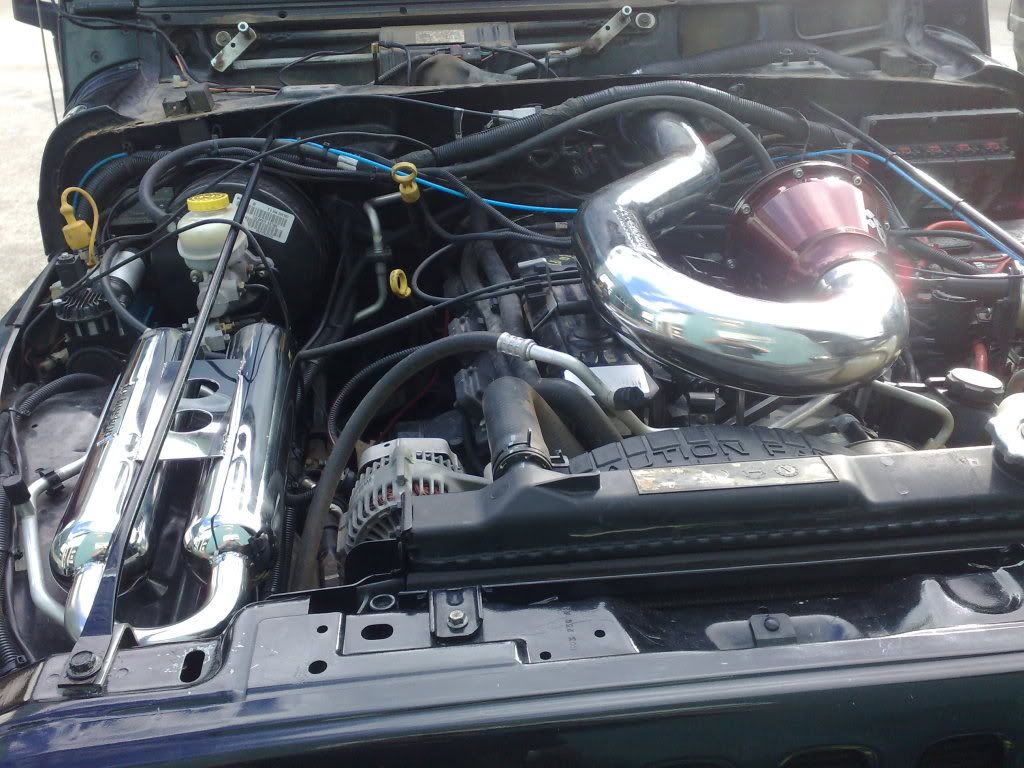The tank acts as a cooler for obvious reasons. Of course if you are just draining the tank to fill tyres the benefit of the tank is marginal (but there is one). For pretty much any other purpose a tank set-up is clearly better, not just marginally better. It is also not really true that it's better to go long time on, long time off for any compressor I have seen because they are designed to run a bit, cool down, run a bit, cool down, etc. I guess frequent starting might not be great but it is still not as bad as running continuously for ages; if you have a thermal cut-out on your compressor (and you should) then it will switch your compressor off while you're using it. If you don't have one then you will be roasting it.tweak'e wrote:i don't think thats the case. your still pumping the same amount of air with or without the tank. if anything the tank will require more use of the pump due to pumping tank up to higher pressure (than the tires) and have more heat due to the higher pressures.chimpboy wrote:The bottom line is that you are definitely going to run your compressor less and it is going to get hot less, the air you are using will be cooler rather than hotter, ........
the only thing is the pump will run constantly (ie long on time, long off time) not so stop/start as you change tires or use locker. its a lot easier on the motor not having to start so often.
But let's not go round in circles any more, we obviously just have a different take on it, I will just stand behind the fact that every single serious professional use of compressed air on every well set-up vehicle out there involves a tank, and filling a tank is the exact job the compressors are specified for.
Think about it another way, if someone said "bah, forget having a tank on your workshop compressor it's pointless, just run a compressor and a hose without a tank" you would not listen to him, so why is it different on a vehicle?
Just my thoughts, if I'm wrong I'm wrong.
